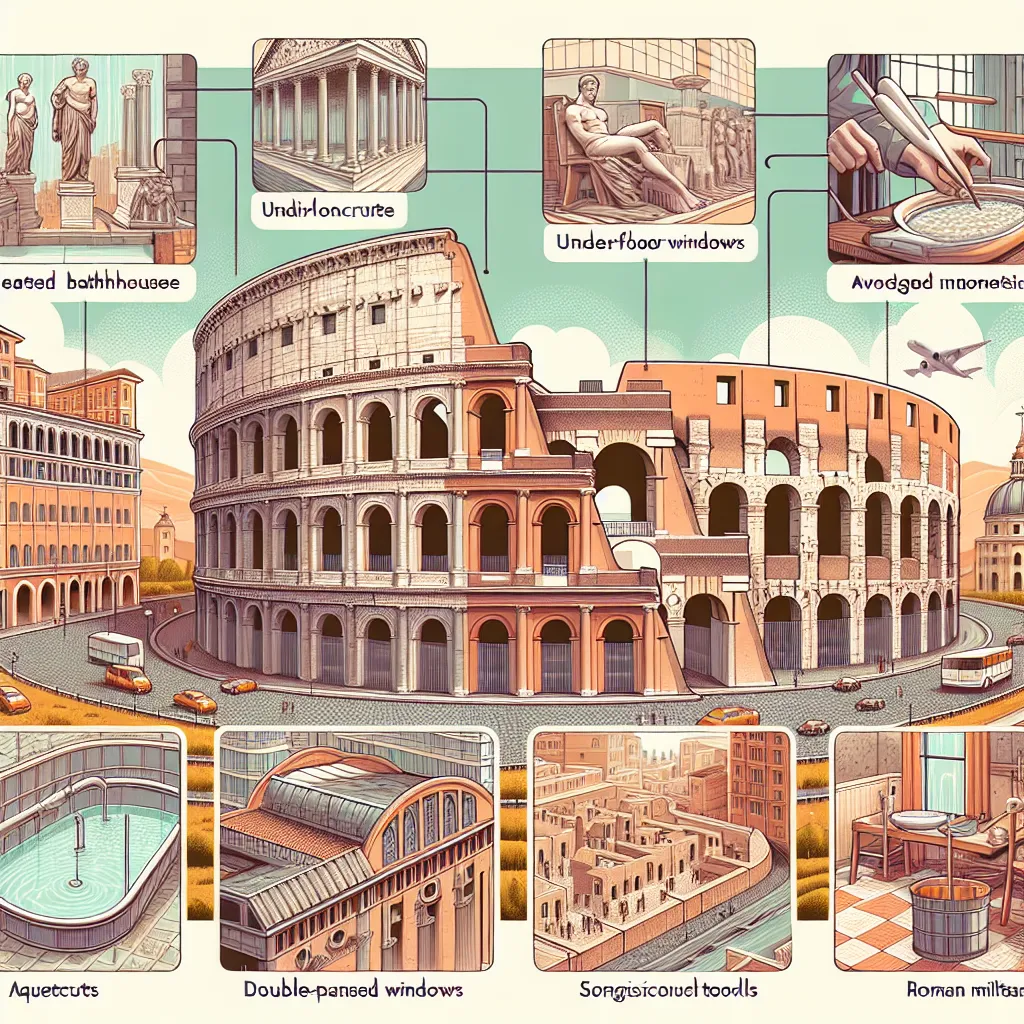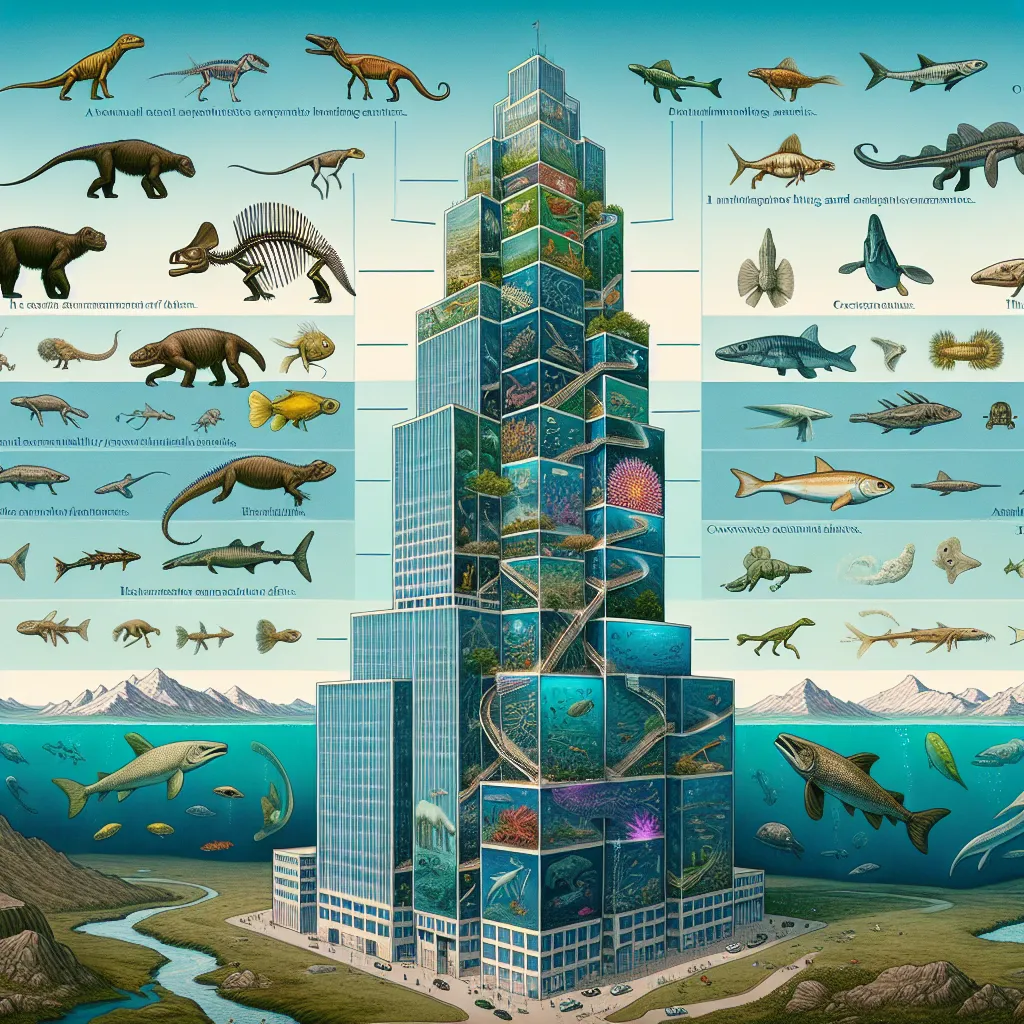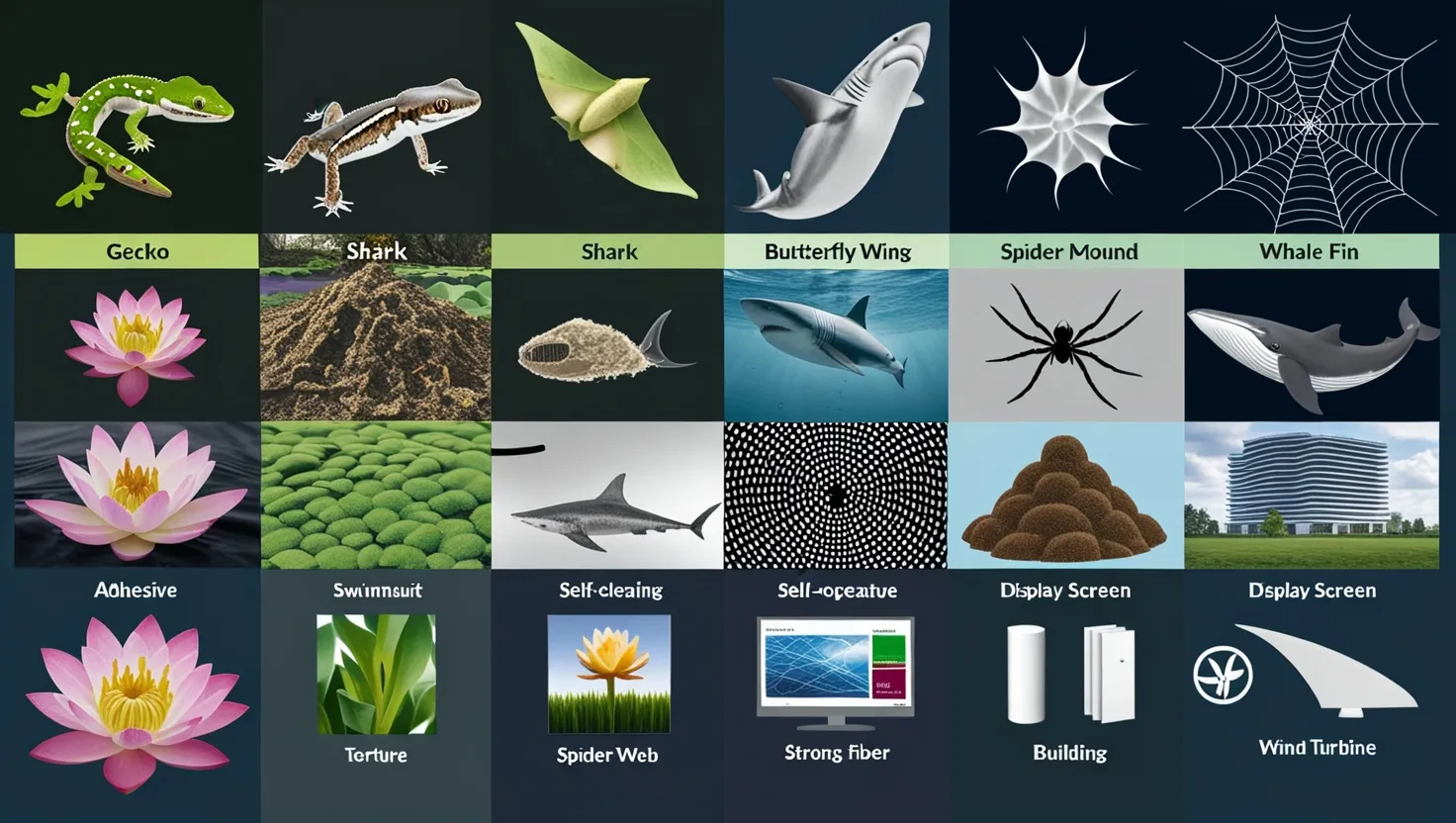The Sun has been our life-giving star for over four-and-a-half billion years, and it’s getting hotter every day. Since its birth, its brightness has increased by 30%, and scientists warn it will only get hotter. Eventually, this increase in temperature will have dire effects, evaporating our oceans, melting the surface, and ending life as we know it.
Imagine Death Valley in California, one of the hottest places on Earth. This is just a hint of what the Sun’s future holds for our whole planet. Astronomers predict that as the Sun ages, it will brighten more and more. Over the next billion years, its brightness will increase by about 10% each billion years.
As the nuclear reactions in the Sun’s core speed up, the hydrogen fuel burns faster, increasing the Sun’s heat. This cycle of burning fuel and increasing heat keeps progressing, making our Sun hotter. Eventually, it will become so hot that it will start melting the Earth’s surface.
Currently, Earth is ideally placed in the solar system, not too hot or too cold, but this balance will shift. The heating Sun will push the habitable zone outwards, and Earth will become part of the scorching zone. This will trigger catastrophic events, making it look like a disaster movie come to life.
Our jungles, forests, and farmland will turn into deserts. Animals, unable to cope with the rising temperatures, will be the first to disappear. The heat will remove carbon dioxide from our atmosphere, killing plants, and starting a deadly chain reaction.
As plant life diminishes, so does the oxygen production, making it hard for humans to breathe. Food supplies will dwindle, but humans, being adaptable, might still find ways to survive. We might live in sophisticated artificial environments on Earth or seek new homes elsewhere in the solar system.
Scientists can’t pinpoint when exactly humans will disappear from Earth, but many agree that it could be as hot as 160°F in a billion years. By then, daytime heat could be deadly, forcing us to live underground and venture out only at night. The necessity to find a new home becomes inevitable as the Earth’s water vanishes.
The Sun’s increased heat will eventually evaporate all Earth’s water, creating a world resembling Death Valley’s arid salt flats. Picture Earth turning into a barren planet like Mars, devoid of water and vegetation.
As the Sun ages further, it will swell into a red giant, filling the daytime sky. Earth, stripped of its atmosphere, will look alien, reflecting the eerie transformation our home has undergone. By this time, if humanity wants to survive, we would need to have relocated to a different planet, leaving our old neighborhood behind.
The tale of our Sun is as much a story of life as it is of destruction. From lighting up our early days to threatening our very existence, the Sun continues to shape the fate of Earth and humanity. The countdown has begun, and our quest for survival will truly test our species’ resilience and ingenuity.






